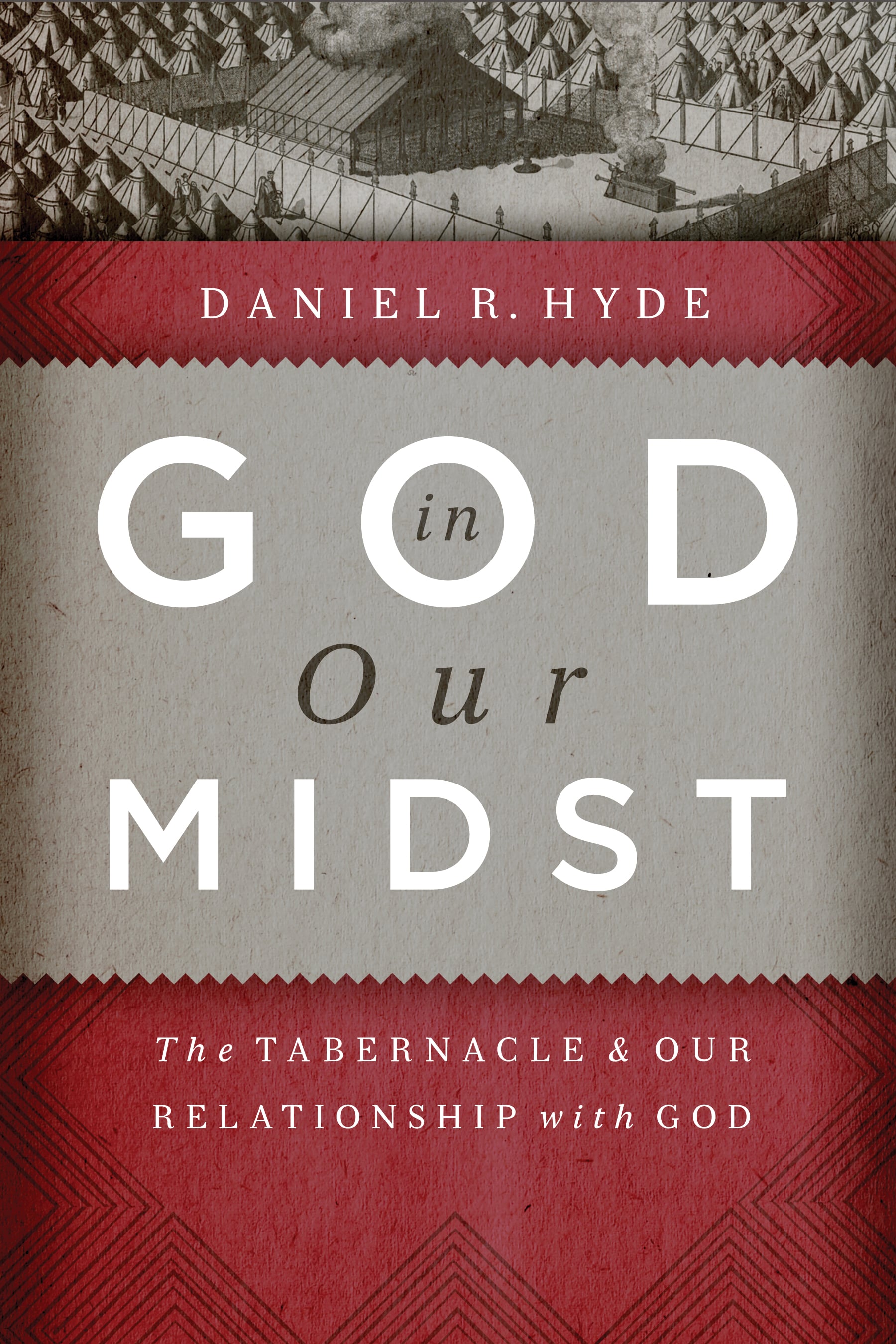 God in Our Midst: The Tabernacle and Our Relationship with God
God in Our Midst: The Tabernacle and Our Relationship with God
I admit to being a sceptic when it comes to books and sermon series about the tabernacle, priests garments, and so forth. It seems to me that some writers and preachers see too much in the tabernacle. Surely one or two sermons, or a dozen or so pages, ought to cover it? Surely the Gospels and Hebrews give all the inspired and authoritative explanation of the tabernacle that Christians need? In fact, in Hebrews when speaking of the tabernacle, the unnamed author says 'Of these things we cannot now speak in detail' (Hebrews 9:5).
This book by Pastor Daniel Hyde is 220 pages of text and I was thinking, before reading it, that he probably sees too much. I really liked Alec Motyer's 15 pages in The Message of Exodus. However, the tabernacle instructions form a large part of Exodus and are therefore important to understand. In reading a larger book about the tabernacle I would expect the following:
- Why is the tabernacle needed at this point?
- What has God been doing in history up until this point?
- What was the purpose of the tabernacle?
- What did it mean to the people at the time?
- What does it mean to Christians today?
Daniel Hyde says 'The common purpose of Eden, the tabernacle, and the temple was that the creature could have fellowship with the Creator' (p. 25). He goes on to say:
They had experienced the reality that they were the "treasured possession" of the Lord (Ex. 19:5), but they had no Bibles. They had become a "kingdom of priests" (Ex. 19:6), but they had no catechisms. They had become a "holy nation" (ex. 19:6), but they had no Sunday school. How would the Lord teach a congregation that no doubt numbered two to three million souls (cf. Num. 1:45, 47) to leave behind the idolatry they had seen and experienced in Egypt, and to cling in faith to Him alone, having no other gods before Him (Ex. 20:3)? How would He instruct them to leave the false worship they had seen in Egypt and participate in the pure worship of God alone, having no carved images (Ex. 20:4)? The answer to these questions was the tabernacle. (pp. 45-46)The author then makes his way through the Exodus narrative. The contents of 'God in Our Midst' were originally sermons and therefore the book reads very well. One stand-out feature is the amount of scripture Hyde quotes, particularly scripture that links OT with NT. Another stand-out feature is the very searching application (e.g. see pp. 54-55 and pp. 69-70). A final stand-out feature are the quotes from Church Fathers, creeds, and confessions. These writings and documents, although not perfect, were often forged in defence against heresy and are often profound.
There are only a few places when I thought the explanation of some feature of the tabernacle furniture was overwrought. For example. in chapter 4 - The Table With Bread - Hyde explains the crown molding around the table was to keep the bread and all holy utensils from falling off the table. He then goes on to say that '[t]his is a wonderful picture of the care of God for His people' (p. 76). Maybe, maybe not. I wonder if this is a case of 'the right doctrine from the wrong text'? Also, in chapter 6 - The Construction of the Tabernacle - Hyde makes the link from detailed instructions given to Moses to instructions for the for the worship of the Church (i.e. the regulative principle of worship - we only do what God has positively commanded). But why is Jesus not the point of this? We only come to worship Jesus in the way he has described - through Jesus. I will need to mull these points over but on first read they seemed a little off when compared to the rest of Hyde's applications.
This is a good devotional book on a large part of scripture that could be a little remote to most Christians today. Daniel Hyde has done a good job in showing the relevance of the tabernacle. There was at least one line of thought that was hinted at in the book, particularly in the conclusion (pp. 209 - 211), which is rattling around in my head - the tabernacle was a picture of Heaven. I would love to read more about this.
So has Daniel Hyde cured my scepticism? A little, but I still like Alec Motyer's 15 pages.
* To comply with Federal Trade Commission guidelines, I will receive a free copy of the book as compensation for this review. It was supplied by Reformation Trust.
No comments:
Post a Comment